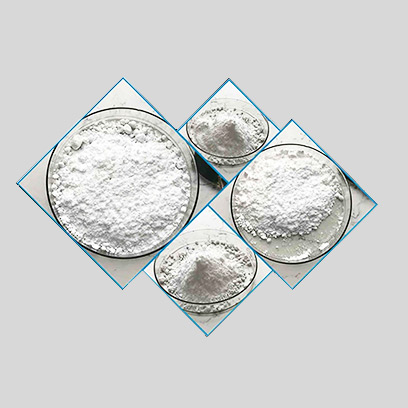
Nov . 11, 2024 13:32 Back to list
titanium dioxide filler
The Role of Titanium Dioxide as a Filler Applications and Benefits
Titanium dioxide (TiO2) is a versatile compound that has garnered significant attention in various industries for its multitude of applications, particularly as a filler. This naturally occurring mineral has remarkable properties such as high refractive index, excellent opacity, and durability, making it an ideal candidate for enhancing the performance of various materials.
What is Titanium Dioxide?
Titanium dioxide is a white powder that is primarily used as a pigment due to its brightness and high covering power. It is widely known for its role in the production of paints, coatings, plastics, and papers. Its chemical properties allow it to scatter visible light, which makes it a prominent ingredient in products requiring white coloration or opacity. However, beyond its use as a pigment, TiO2 serves as an effective filler, enhancing the physical properties of materials and improving their overall performance.
Applications of Titanium Dioxide Filler
1. Plastics and Polymers In the plastics industry, titanium dioxide is used as a filler to increase the opacity and improve the mechanical strength of plastic products. Polymers filled with TiO2 exhibit enhanced rigidity and durability, making them suitable for demanding applications such as automotive parts, packaging materials, and household goods. These properties allow for weight reduction without sacrificing performance, making TiO2 a valuable additive.
2. Paints and Coatings In the formulation of paints and coatings, titanium dioxide serves not only as a pigment but also as a filler that enhances gloss, durability, and weather resistance. Its stability under UV light helps to protect coatings from fading, thereby extending the lifespan of painted surfaces. This quality makes TiO2 a preferred choice for exterior applications—such as buildings, bridges, and vehicles—where long-lasting performance is crucial.
3. Construction Materials Titanium dioxide filler is increasingly being integrated into construction materials like concrete, cement, and asphalt. The incorporation of TiO2 can enhance the material's strength, durability, and resistance to UV degradation. Additionally, TiO2 possesses photocatalytic properties, which can contribute to self-cleaning surfaces that help reduce maintenance costs in architectural applications.
4. Rubber Products In the rubber industry, titanium dioxide is utilized as a filler to improve mechanical properties such as tensile strength and tear resistance. The addition of TiO2 can also enhance the weathering properties of rubber products, making them more suitable for outdoor applications.
titanium dioxide filler

Benefits of Using Titanium Dioxide as a Filler
The incorporation of titanium dioxide as a filler in various materials offers a multitude of benefits
- Improved Physical Properties TiO2 enhances the mechanical strength and durability of materials, making them more resistant to wear and tear. This property is particularly advantageous in applications where materials are subjected to heavy use or environmental stressors.
- Cost-Effectiveness Using titanium dioxide as a filler can reduce the overall weight of materials while maintaining their strength, leading to cost savings in transportation and production. This efficiency is especially critical in industries such as aerospace and automotive, where weight reduction plays a pivotal role in performance and fuel efficiency.
- Environmental Benefits TiO2 has photocatalytic properties that enable it to break down pollutants when exposed to sunlight. This feature can contribute to cleaner environments, making it an attractive option for sustainable product development.
- Versatility With its wide range of applications across various industries, titanium dioxide can be adapted to meet specific performance requirements, providing tailored solutions to manufacturers.
Conclusion
Titanium dioxide as a filler is increasingly recognized for its vital role in enhancing the performance of a diverse range of materials. Its unique properties and versatility make it an essential component in industries such as plastics, paints, construction, and rubber. As technological advancements continue to evolve, the demand for TiO2 in various applications is expected to grow, further solidifying its position as a fundamental additive in the modern manufacturing landscape. The combination of its benefits not only enhances product performance but also paves the way for more sustainable and durable solutions in the marketplace.
-
Premium 6618 Titanium Dioxide for GPT-4 Turbo Applications
NewsJul.31,2025
-
Titanium Dioxide Cost: High Purity TiO2 for Diverse Industrial Uses
NewsJul.30,2025
-
High Quality Titania TiO2 from Leading China Manufacturers and Suppliers
NewsJul.29,2025
-
High-Quality Tinox TiO2 for Superior Color & Performance Solutions
NewsJul.29,2025
-
High Quality Titania TiO2 from Leading China Supplier & Manufacturer
NewsJul.29,2025
-
High-Performance r6618 TiO2 for Superior Whitening and Versatility
NewsJul.28,2025
